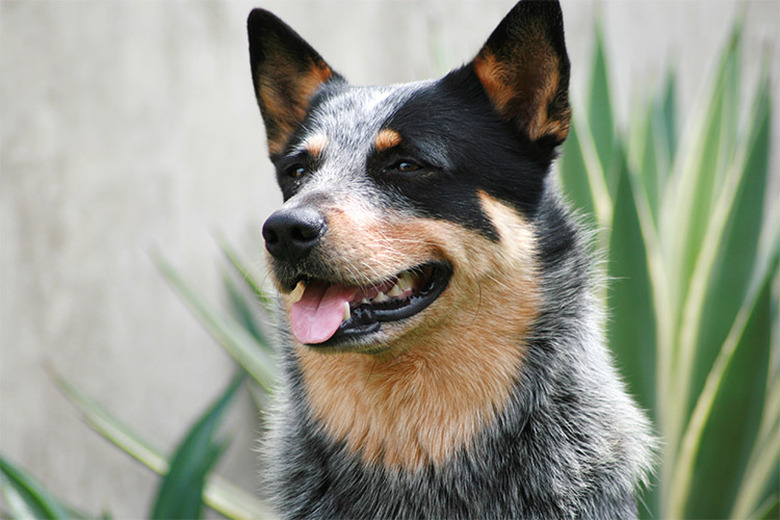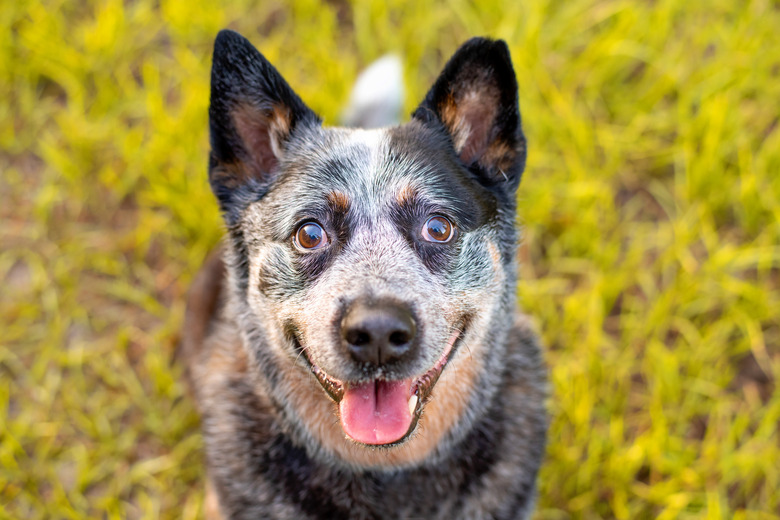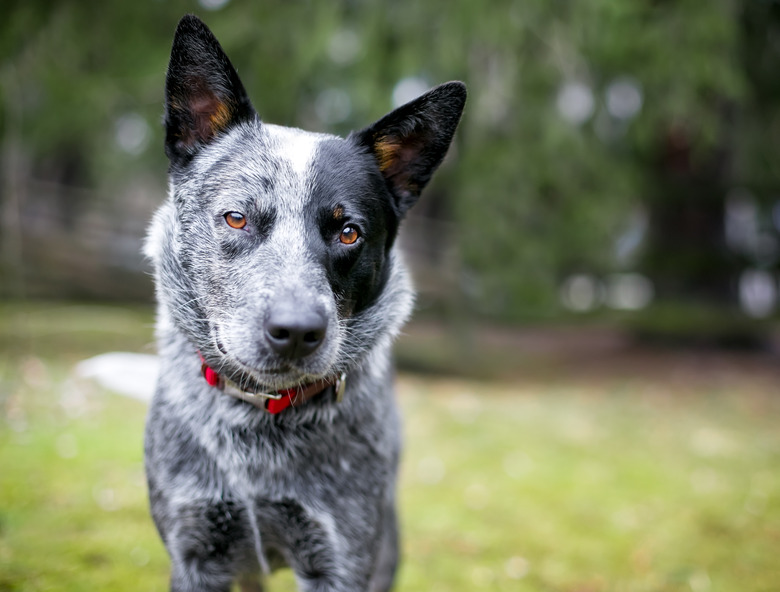The Queensland Dog: A History Of Queensland Heeler Dogs
Queensland heelers are one of the Australian working dog breeds that were specifically bred to herd cattle on the continent's inland grasslands. Their history is a long one, from initial breeding to finally being accepted by the American Kennel Club in 1980, but they were integral to the development and growth of Australia's beef industry.
Queensland heeler breeding history
Queensland heeler breeding history
You may have known about Queensland heelers but called them by other names. Blue heelers, red heelers, Hall's heelers, Australian heelers, and Australian cattle dogs are all the same dogs. "Heelers" refers to the way the dogs nip at the heels of the cattle to keep them in line, and the various names reflect some of the dog's history along the way to becoming what they are today.
When people began moving inland from Australia's coasts in the early 1800s, they found vast grasslands in Queensland that were ideal for raising cattle. However, the European herding dogs were not able to control the wilder Australian cattle, so the challenge began to breed a dog who could provide that control while traversing long distances through the area's rough terrain in spite of the continent's intense heat.
George Hall and his son Thomas were early breeders who owned several cattle ranches. It is believed that they imported what were then called collies (but were not related to today's collies as we know them), most likely Smithfields and blue merles, and crossed them with dingoes that had been tamed. Dingoes and Smithfields were known for their strength, stamina, and laid-back nature, and the result was Hall's heelers. Other breeders then crossed Hall's heelers with bull terriers, Dalmatians, and black and tan kelpies, producing blue heelers, which later became known as Australian heelers and then Australian cattle dogs.
Queensland heeler physical characteristics
Queensland heeler physical characteristics
Australian cattle dogs, or Queensland heelers, are one of the dog breeds under 50 pounds that pack a lot of strength and stamina for their size. Compact but sturdy and muscular, these medium-size dogs stand between 17 and 20 inches tall at the shoulders and weigh 35 to 50 pounds.
They are born with white coats that change to red or blue-gray. The black and white markings combine to give an impression of a blue-gray coat. They typically have tan markings on the legs and head and sometimes a tan undercoat beneath their short, smooth overcoat.
Queensland heeler temperament and behavior
Queensland heeler temperament and behavior
One of the best characteristics of Queensland heelers is their temperament. They are primarily pleasant, laid-back dogs who are eager to please. While their high energy means they need to be kept busy, they are happy to be busy working at the task of driving cattle with gentle nips at their heels, ignoring the fierce kicks of protesting cattle, and continuing tenaciously to get the job done. As pets, they will want to do what their owners ask of them provided that they are socialized when they are young and have obedience training as well.
If your Queensland heeler isn't herding cattle or other animals, you will need to keep him busy in another constructive way because if left to their own imagination, they can get into trouble by being destructive. The solution is to keep your dog occupied and active by taking him on daily runs, for example. You can also ride your bike while he runs next to you, play catch and Frisbee, or have him participate in dog sport competitions for agility, scent work, herding, and more. Owners and dogs enjoy the competitions and the bonding that happens when you train together and accomplish new skills.
References
- American Kennel Club: Australian Cattle Dog
- Petfinder: Australian Cattle Dog: History
- Worldly Dogs: Hall's Heeler
- MyDogBreeds: Smithfield Dog Breed Information, Images, Characteristics, Health
- Australian Cattle Dog Club of America: Coat Color in Australian Cattle Dogs
- American Kennel Club: Get Started in Dog Sports and Events


